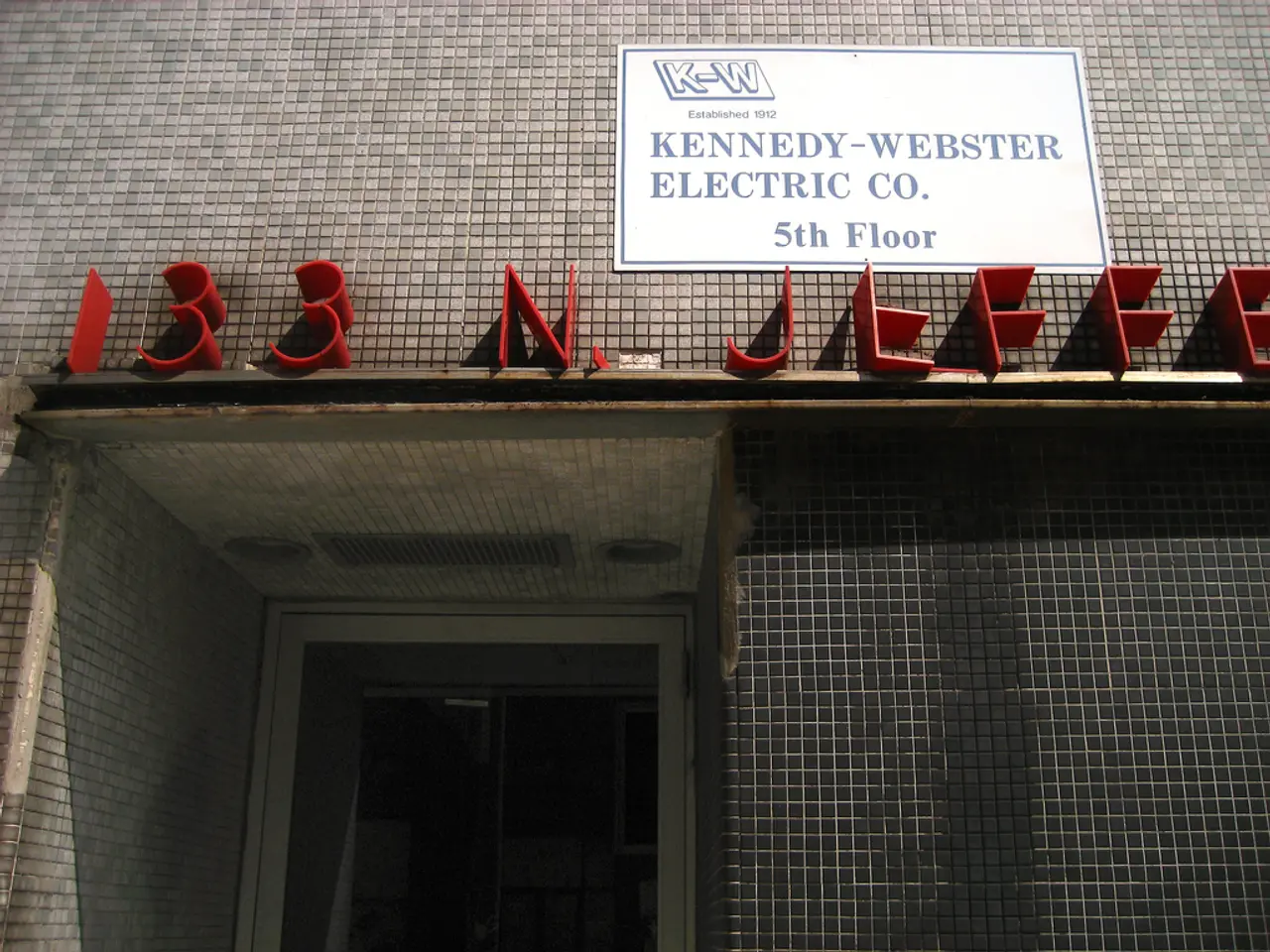A Prepreg in PCB Manufacturing refers to a fiberglass mat that's been impregnated with resin and partially cured, used in the production of printed circuit boards.
In the world of printed circuit board (PCB) manufacturing, prepregs play a crucial role. These materials are essential for creating the intricate layers that make up modern electronic devices.
Prepregs, short for pre-impregnated resin sheets, are binding materials that either bind two cores or a core and a copper foil. They are manufactured by impregnating woven fiberglass fabric with partially cured epoxy resin, creating a B-stage material that remains tacky and solid enough to be handled but still fusible under heat and pressure during PCB lamination.
During the PCB fabrication process, prepreg sheets are stacked between copper-clad layers or cores and then laminated under controlled heat (around 180°C) and pressure (up to 300 psi) to cure the resin fully, bonding layers into a solid multilayer board.
When choosing prepreg for PCB design and fabrication, several critical factors must be considered.
- Resin Type and Quality: The epoxy resin must suit the electrical and mechanical performance requirements. High-performance resins provide better thermal stability, chemical resistance, and lower dielectric losses for high-frequency applications.
- Glass Reinforcement Type and Weave: The fiberglass cloth in prepreg affects dielectric properties, mechanical strength, and layer uniformity. Select a glass type matching substrate needs (e.g., FR-4 standard, or special high-frequency glass types).
- Prepreg Thickness: Thickness controls the insulating layer spacing between copper layers, affecting impedance, signal integrity, and board thickness tolerance.
- Moisture Absorption and Storage Conditions: Prepreg is moisture-sensitive; improper storage or handling can lead to poor lamination quality and delamination. It should be stored in climate-controlled environments with low humidity (<50% RH) and sometimes pre-baked before lamination.
- Compatibility with Other Materials: The prepreg must be compatible with cores, copper foils, and surface finishes used in the PCB to ensure proper adhesion and lamination integrity.
- Lamination Process Parameters: The resin flow and cure characteristics dictate lamination temperature, pressure, vacuum application, and time profiles important for defect-free multilayer stacks.
The dielectric constant (Dk) for the core does not vary, while the prepreg Dk before and after lamination will vary. This is due to the resin content in prepreg, which affects the thickness of the laminate, dielectric constant, Coefficient of Thermal Expansion (CTE), and drilling and etching quality.
Prepreg plies are thin sheets of prepregs placed on top of one another to achieve the desired thickness of the PCB. They are available in Standard Resin (SR), Medium Resin (MR), and High Resin (HR) depending on the resin content they hold.
The amount of resin flow is affected by the laminating conditions and is critical to the lamination process. The resin flow occurs when it is heated under pressure, causing the resin to melt and flow. The rest of the part of the prepreg remains an insulator, protecting the circuit board from short circuit.
Prepregs are located between two cores or between a core and copper foil, while laminates are located between copper layers or planes. This selective conductivity is useful during drilling holes into prepregs for connecting the top and bottom layers.
In essence, the prepreg must be selected based on its resin system, glass reinforcement, and physical and chemical properties aligned to the electrical, mechanical, and thermal requirements of the final PCB design, while also considering fabrication constraints like lamination cycle and storage. The core, a product of prepreg and lamination, is more rigid than prepreg, and any faults in the material that might hinder the operation of a PCB are the responsibility of the core manufacturer.
Technology plays a significant role in data-and-cloud-computing, as it enables the storage, processing, and transmission of vast amounts of information.
Prepregs in PCB manufacturing, being essential materials that bind layers together, are an excellent example of how technology continues to shape various industries, in this case, electronic device production.




